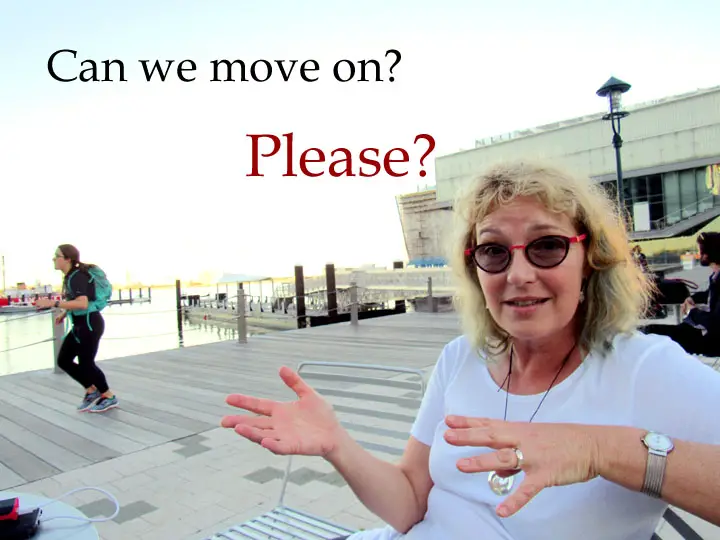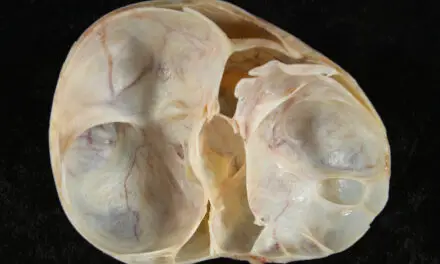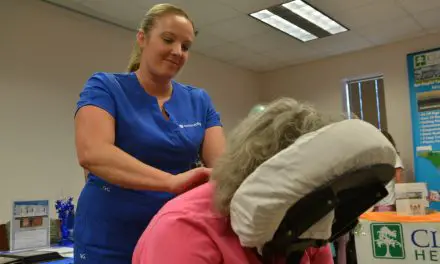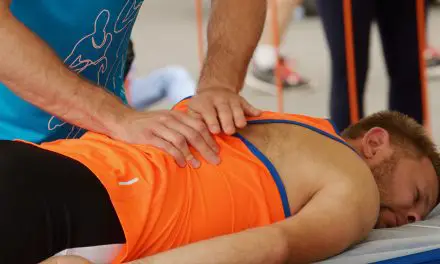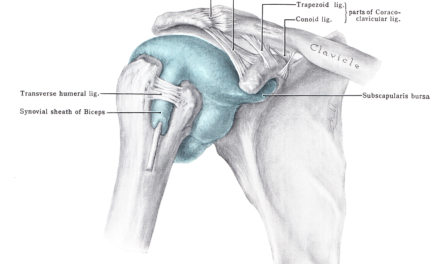This morning, I had a barrage of various blogs, infographics, and PubMed articles on my Facebook feed on various myths and outdated ideas about pain from Jarod Hall, Lars Avemarie, and Andres Cepeda. There was even a rant from Bodhi Haroldsson who asked why dogma in massage therapy education and culture still exist, (even among Canadian RMTs).
Bodhi, friends, you’re not alone. It appears that this is prevalent throughout the world. However, there are a few who want to shake the foundations of an outdated, crumbling structure that make up for their healthcare system and education. With so much solid research behind pain, movement, and psychology of care, why aren’t they taught much in schools and continuing education? If I were to spend five to six figures on medical or manual therapy school, I want the best education, training, and guidance possible, and many patients in pain would agree.
So I asked three manual therapists from three different countries to share their expertise on the application of pain science with their practice and what they are doing to help improve their patients’ care and peer education.
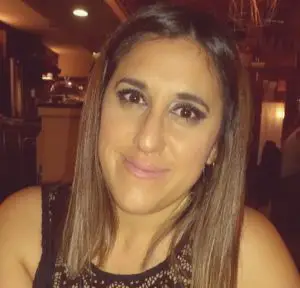
M&F Magazine: How prevalent is the modern understanding of pain science in physiotherapy in your country?
Lorena Vázquez (Ourense, Spain): I must point out that there is difference between general physiotherapy and the specialised or private physiotherapy. Regarding the first one, in my country, patients still depend on either a general practitioner (GP) or another medical professional to go to a physiotherapist. However, in the latter, the assessment of the patient is done by the physiotherapist who acts accordingly.
The basic problem is that GPs and other professionals still treat pain with medication or surgery rather than educate them about pain. Patients should be taught the basics about how pain is produced, self –management of pain, and techniques to deal with it, such as therapeutic exercise, manual treatment (massage), and so on. In my opinion, through the healthcare system, there is still a big gap when the patients goes to the healthcare professional for the first time because they don’t educate them in pain—instead, they prescribe medications.
I think there is still a big problem with the knowledge that doctors or other healthcare professionals are not up-to-date on the new research about pain or who simply do not update their knowledge and continue to base their beliefs based on outdated medicine.
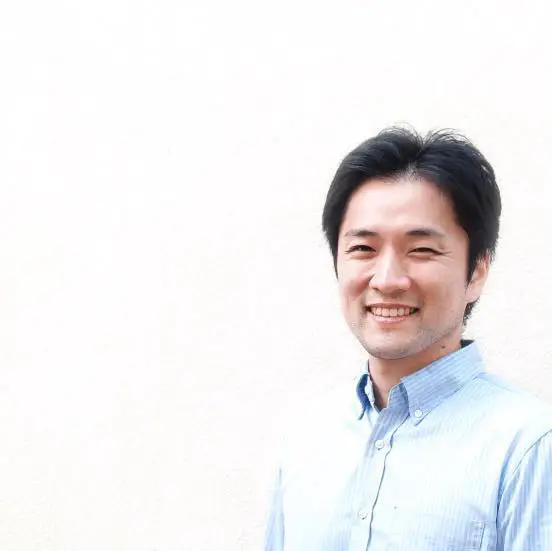
Shin Iwayoshi 岩吉 新 (Yokohama, Japan): There are many therapists who think that structure, posture, alignment, and distortion of the skeleton are the cause of pain. Many people do not clearly understand the difference between nociception and pain. Some therapists stopped in Melzack’s gate control theory, and there are very few people who know the newer neuromatrix theory. I think these things are very problematic.
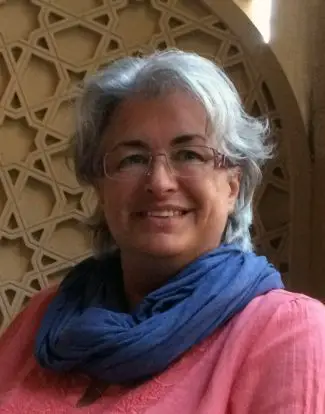
Victoria Matzer (Graz, Austria): Not very modern, and that’s an understatement. Massage therapy is a state certified profession [in Austria] and as such, it is traditionally anchored in our health system. The national health insurances cover alternative health care costs, such as the regional health insurance funds cover (or partially covers) the costs for a course of seven units of up three different treatments (such as physiotherpy, massage therapy, and thermal or electro therapies ) every quarter (every 13 weeks)—sometimes even more if deemed necessary (e.g. certain lymphatic or injury issues may become a standing order).
Massage therapy is a part of our health system which bestows it a certain seriousness and inviolable touch (no pun intended). This leads to a distinct difference in how the public see and interact with us, in comparison to other countries which have little to no occupational sexual abuse to deal with.
I surmise one has to understand that Austria has deep Catholic & imperialistic roots (due to its proximity to Italy and the Vatican, and its history of the Hapsburg Dynasty) and is located in the heart of Europe, landlocked between the democratic west and the (formally communist) east, geographically blessed with a whole range of volcanic zones that supply the tourism industry with warm mineral waters—hence the demand and supply for spa and wellness resorts and other health treatments.
I mentioned religion because of the dogma and discipline involved in the early years of education and the acceptance and deference to authority figures. It’s not that the Austrians aren’t brave or oppressed; they are modest and a little resigned to fate. They gripe a little but not enough to fire themselves up. So we have gods and demigods and very few revolutionaries, which brings me back to why we’re still behind the times in certain health aspects. As traditions go, we are still taught about pain pathways and are very tissue-based.
Because the wheels of bureaucracy grind slowly, we lack a more modern-day understanding of basic pain science. Folks here have strong beliefs in energy work, acupuncture, reflexology, shiatsu, etc. But I have heard rumblings of utilization of the BPS framework, so there is hope.
In Austria, there are three different kinds of “masseurs” (the term doesn’t have a negative connotation here as it seems to have elsewhere). There are “commercial massage therapists” (Gewerbliche Masseure) who may only massage healthy people in their own private practices (with limited licensing) or in spa hotels, sports facilities and fitness studios, etc. Depending on the education route chosen (to work as an employee or go self-employed), this might take anywhere between 580 to 900 hours of tuition.
“Medical massage therapists” (Medizinische Masseure) go a step further, either through courses or becoming an apprentice (three-years apprenticeship with work experience) so that they may treat patients under clinical supervision in hospitals, doctor’s practices, health institutes, etc. To do so, they will have to complete at least 1,690 hours of tuition incl. practical work), although further qualifications in electro-, hydro- and balneotherapies would increase that to 1,950 hours.
Then there are “Heilmasseure” “Healing” Masseurs (the title alone undermines self-efficacy) who may only treat patients (as opposed to clients) but without supervision. Most open up their own clinics after attending a business school licensing course. They further their studies by another 800 hours and only here do they learn about the nervous system in depth (but still unfortunately not quite up-to-date), and as of 2015 they are eligible to take an additional 80 hours tuition in rehabilitation fundamentals and mobilisation (quite the break-through as the physiotherapist lobby tried to stop that in its tracks, as both professions are always at loggerheads about job descriptions and overlaps).
With nearly 3,000 hours tuition, one would think pain science would be part of the curriculum, wouldn’t you? You’d be wrong. Not one word is mentioned about the BPS model. There’s nothing about self-efficacy or “calming” the nervous system down. It’s all trigger points, fascia, and meridians.
M&F: What are you doing recently to help promote better understanding of pain science to your peers or to the public?
LV: As soon as I finished my master’s degree, I realised that the information the patient was receiving from clinicians was extremely important. The more information and resources they have, the better they will be able to handle their own pain. This is why I decided to open my own clinic to promote this type of approach and the benefits seen from day one. It is essential that the physiotherapist has a vast knowledge on everything regarding pain, such as anatomy, neurology, neurobiology of pain, psychology of pain. Spending time with the patient, listening to them carefully, and completing a thorough health history assessment are also important. It is equally important that this approach is shared not only with patients but also with other professionals.
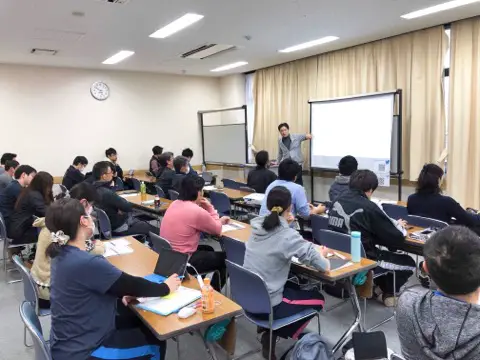
SI: Through DNM workshops (DermoNeuroModulating), I teach modern pain science to therapists (PT, OT, ST, Athletic trainer, Body worker, massage therapist etc.). I hope that the therapists who have atttended a DNM workshop in Japan will spread the information to patients. The public is disseminating science-based theory through the webpage (DNM JAPAN web column). Also, I also regularly hold these workshops for the general public. Many of the problems are due to people’s lack of science-based information, so new science-based ideas need to be disseminated in different places.
VM: For starters, when I realised that I do not have a narrative that was “less wrong,” I wrote to Diane Jacobs and asked her to come over here to teach. To my delight, she agreed! I’ve passed on what I learned from her, Louise Tremblay, and Rey Allen to some of my inquiring colleagues, and last year—together with a colleague—I taught a small group of 12 students. Since then I have created my own course syllabus.
I’m in the process of also organising pain science courses—including international presenters, to be held in the city where I live, envisioning to make “pain science,” “motivational interviewing,” and “pelvic health” buzzwords.
Then this May, after searching high and low, and finally finding other German-speaking peers who have or who are in the process of crossing the chasm, I’ll be meeting a few of them in London at Peter O’Sullivan’s CFT course to discuss how they’re coping, how they intend to spread the word, and how we can help each other. We already have tentative plans, but first I want to get the DNM book published in German before I get too far ahead of myself.
My most ambitious dream would be to organise something like the San Diego Pain Summit in Vienna, Austria. But first, I’ll be teaming up with Australian (Kangaroos not Edelweiss) manual therapists in Germany, Switzerland, Luxembourg, and Austria to start a German “pain revolution.” As for public understanding, I’ve completely changed the way I run my own practice. I no longer work on people; we now work on solutions together.
M&F: What are your challenges that you face when communicating pain science or promoting self-efficacy to either your peers or your patients?
LV: Early in my career, I was aware of the lack of knowledge shown by the patients, and I realised how important it was to teach them to handle pain. The second challenge I faced was that, in many cases, the patients had the wrong ideas about pain, such as using medication or surgery as the only solution to their problem. This is worsened by the approach of other professionals who don´t broaden their knowledge. Dealing with patients takes a lot of time, patience, and dedication.
The third challenge is economic. If the patient requires specialized care, oftentimes the healthcare system (Social Security) presents several challenges, such as waiting a long time to see a specialist or a referral to other professionals In many cases, patients go to the private practice, having to spend large amounts of money for medical attention that the Public System is not able to offer. It’s a shame because the Public System of Health in Spain has the best professional working for them .
SI: Patients are often passive and tend to be dependent on the therapist. And they are often misled by the non-scientific information of television shows. In addition, it is easy to be in one-way communication, and it is difficult to create an interactive relationship with the therapist. The patient wants an operator therapist. But we need to tell people that it is important to be interactors. Manual therapists “faith” old theory and various techniques based on it. There are many profit exploitation systems by the modality empire. Also, there is a problem that Japanese people are not good at English. As a result, Japan is behind the world about pain science. We all have to change.
“I’d like to become better at encouraging them to take back their independence. It’s as if their self-confidence has disappeared, and for some they’ve become so unaccustomed to making their own decisions, I think they actually believe it is someone else’s duty to do it for them or to fix them.” ~ Victoria Matzer
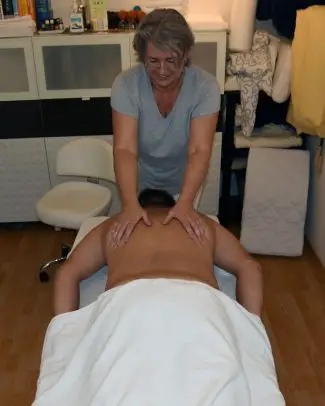
VM: I work and converse 99 percent of the time in German (only a handful of English speaking clients), which in itself is a challenge because I’m forever looking for words for things I’ve learned in English but have to translate into German for both my peers and my clients. However, it turns out this “handicap” actually works wonders for me.I sometimes get stuck needing their help in form of a word or phrase, and they offer their own words (meaningful examples or ideas), and even if the translation is not quite 100 percent correct, it helps to paint a picture for them, using their own input. Then I ask them to relay how they’ve understand what I’ve said on the pretext of making sure I’ve not made a “translation” mistake. So it’s not their comprehension that’s being tested; it’s my explanation that’s being clarified. They’re helping me to help themselves.
The biggest challenge, though, is they’ve already been “informed” of their “inefficiencies and faults” by authority figures, who talk the nocebic talk (whether thoughtlessly or on purpose), and who seem to enjoy the power over making others dependent on their particular skills set and who have no qualms whatsoever of selling snake oils But you know what? It seems the more expensive the potion is, the more willingly a client is to pay for it.
The other difficulties include motivating people and showing them just how efficient and capable they are. I’d like to become better at encouraging them to take back their independence. It’s as if their self-confidence has disappeared, and for some they’ve become so unaccustomed to making their own decisions, I think they actually believe it is someone else’s duty to do it for them or to fix them. Having become so used to other professionals telling them what to do and what not to do, the majority of clients (and peers!) expect things to be done to them or for them in part because they don’t realise they’re capable or because they just don’t (yet) understand how adaptable the body is.
I have to be careful though because I too was once in those shoes. I fell victim to feeling sorry for myself, but fortunately for me, a doctor called me out on it and told me to read Butler & Moseley’s Explain Pain. However, my story isn’t theirs, and everyone has their own journey, but if I can be of assistance to anyone trying to find their way out of pain, I’ll gladly walk by their side.
M&F: Why are you interested in pain research and its application to the clinical setting?
LV: My practice is based on an specialised physiotherapy (orofacial pain and tempormandibular disorders) where most patients have a chronic or complex pain and surgeries. My main goal is to improve their quality of life so I try to promote a different approach to the one they are used to.
From my personal experience, as a patient who was treated with an old-fashioned approach, I have learnt about the benefits on the long run of the education in pain not only professionally but also personally. I love the biopsychosocial model which I try to apply in all its amplitude to each of my patients with a multidisciplinary approach and a close collaboration with all the professionals who are involved in each case.
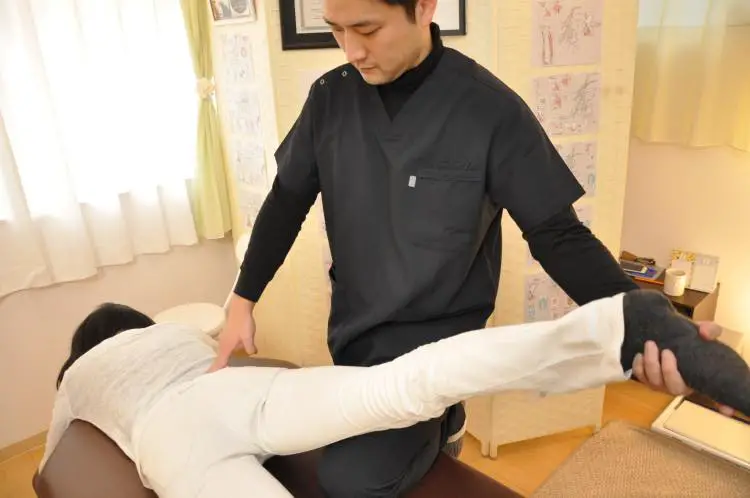
SI: I am interested in pain science and neuroscience because Japanese therapists do not emphasize them. Still, pain stimulation (DNIC) is given to the pain. And there are many therapists who make nocebic talk to patients. I want to contribute to Japanese health by changing it. To that end, I need to communicate the science-based thinking to therapists via DNM.
VM: I can’t help myself! I fell in love with the body and all it’s mechanisms and intricacies. It’s fascinating, mesmerizing, and incredibly liberating. As someone who has pain every day, it’s like that saying, “When the student is ready, the teacher will appear.” And I am so ready.
Massage & Fitness Magazine thanks Lorena, Shin, and Victoria for their time to share their stories.
A native of San Diego for nearly 40 years, Nick Ng is an editor of Massage & Fitness Magazine, an online publication for manual therapists and the public who want to explore the science behind touch, pain, and exercise, and how to apply that in their hands-on practice or daily lives.
An alumni from San Diego State University with a B.A. in Graphic Communications, Nick also completed his massage therapy training at International Professional School of Bodywork in San Diego in 2014.
When he is not writing or reading, you would likely find him weightlifting at the gym, salsa dancing, or exploring new areas to walk and eat around Southern California.

